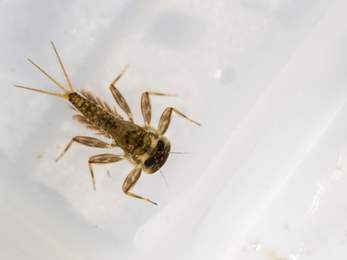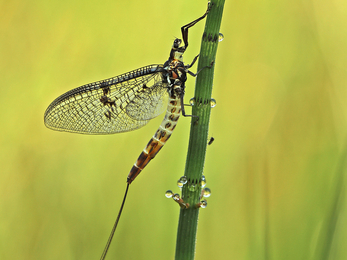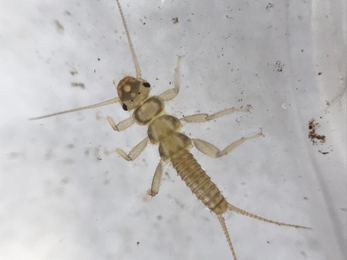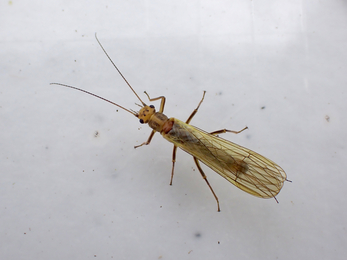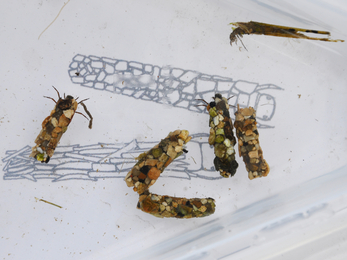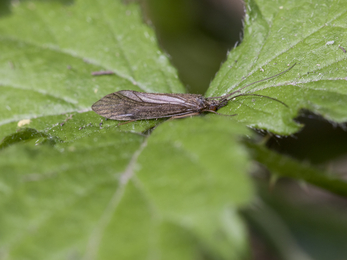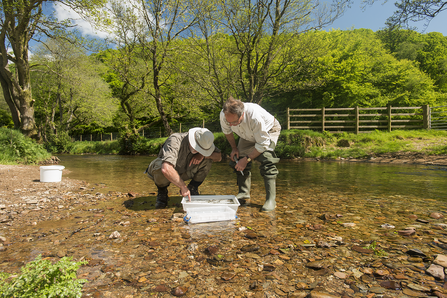When it comes to our local chalk streams, few animals are more important than invertebrates. As a major food source for fish, birds, and mammals, their presence – or absence – directly impacts other wildlife populations. Moreover, because of their key role in these ecosystems, invertebrates act as ‘canaries in the coal mine’ for the health of the habitat at large.
This is particularly true of certain invertebrates, known as riverflies or the 'EPT species'. The three constituent insect groups - mayflies, stoneflies, and caddisflies - all spend prolonged periods in the water, and don't roam far from their place of origin. They are also especially sensitive to environmental pressures, with specific sensitivities varying between species.
These traits make riverflies invaluable for detecting problems, including chronic ones that may be missed by spot water sampling. The disappearance of a certain species can warn of harmful pesticides, algae-feeding fertilisers, low flow, or excess sediment. Let's take a closer look at these fascinating flies and their vital role in protecting our chalk streams.


